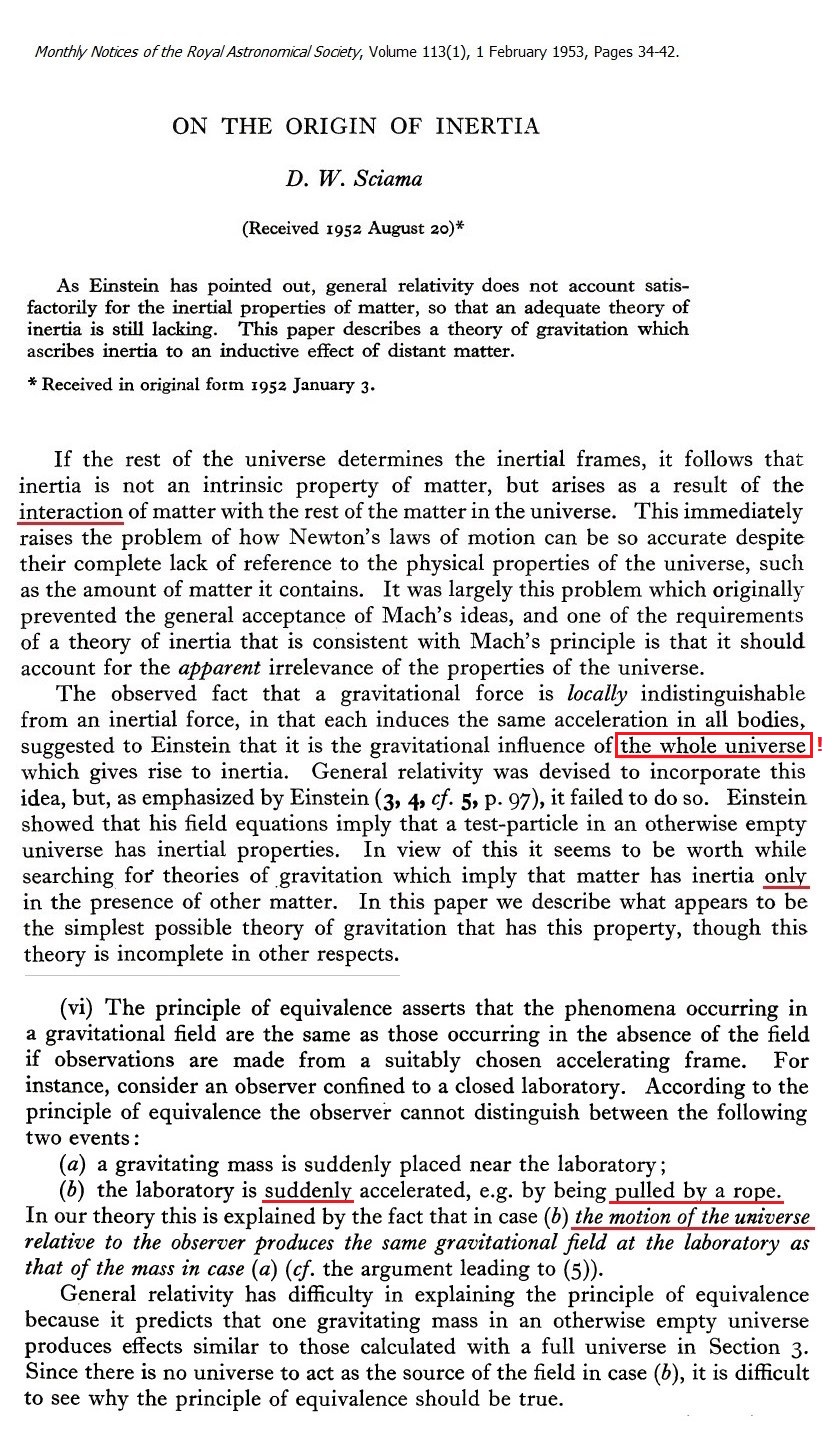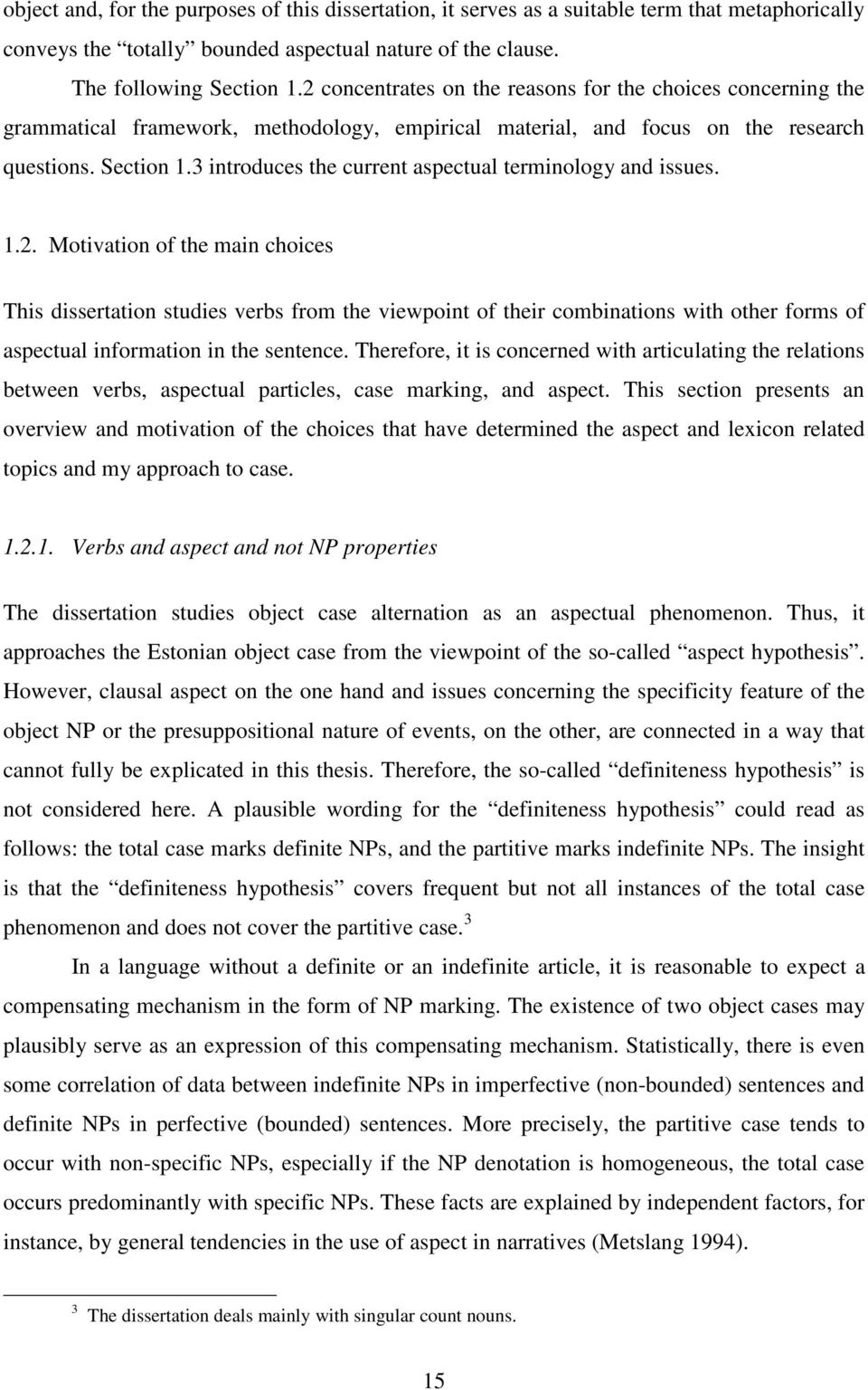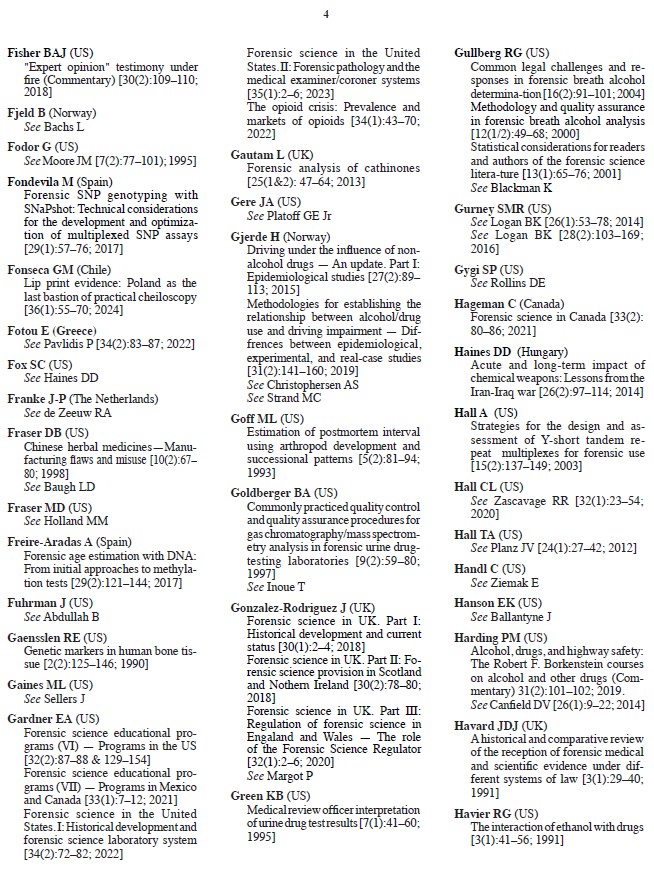Computational Predictions of G Protein-Coupled Receptor.
This dissertation describes work towards the goal of characterizing an important superfamily of cell receptor proteins in two prominent organisms. This is of interest from an infectious disease and human health standpoint, as well as a purely biological standpoint. The protein superfamily investigated is the G protein-coupled receptor (GPCR.
GPCRs as targets for approved drugs: How many targets and how many drugs? Krishna Sriram, Paul A. Insel. Department of Pharmacology, University of California San Diego (KS) Departments of Pharmacology and Medicine, University of California San Diego (PAI) Downloaded from. molpharm.aspetjournals.org. This article has not been copyedited and.
This dissertation illustrates the ability of G protein-Coupled Receptor (GPCR) activation to potentiate an osmosensitive ATP release pathway from 1321N1 human astrocytoma cells.Activation of the GPCRs protease-activated receptor-1 (PAR1), lysophosphatidic acid receptor (LPAR), and M3-muscarinic (M3R) GPCRs in 1321N1 human astrocytoma cells.
G protein-coupled receptors (GPCRs) are the largest class of cell surface receptors that are implicated in the physiological regulation of many biological processes. They mediate signals through complex networks of G protein-dependent and independent signalling pathways. The high diversity of GPCRs and their physiological functions make them to primary targets for therapeutic drugs.
G protein-coupled receptors (GPCRs) are a diverse super family of seven transmembrane spanning proteins whose primary function is to initiate the activation of intracellular signalling pathways following stimulation by extracellular stimuli, which include photons, amines, lipids, ions, peptides and proteins.
In this thesis I explore spatial and kinetic aspects of drug—receptor binding using computer modeling. This work has provided new insights into drug discovery and provided a more complete understanding of drug action. A common thread through this work is the application of models to the G—protein coupled receptor (GPCR) signal transduction.
Other posts on the site.
GPCRs (G Protein-Coupled Receptors) Research Team is focused on investigating biosynthesis, processing and degradation of G protein-coupled receptors. These cell surface proteins mediate extracellular signals into cellular responses and constitute the largest known protein family in the human genome involved in cellular signaling. They control.
G-Protein Coupled Receptors A Dissertation Presented to the Graduate School of Clemson University In Partial Ful llment of the Requirements for the Degree Doctor of Philosophy Chemistry by Vibhor Agrawal May 2016 Accepted by: Dr. Brian N. Dominy, Committee Chair Dr. Steve J. Stuart Dr. Emil Alexov Dr. Jason McNeill. Abstract G protein-coupled receptors (GPCRs) which are seven-transmembrane.
In order to study GPCR activation and to facilitate discovery of novel modulators, we expressed human GPCRs in yeast. Yeast is an attractive system for studying GPCRs, as the GPCR pathway is conserved in both yeast and mammalian cells. A large number of mammalian GPCRs have been expressed in yeast, and a few have been functionally coupled to a.
The primary goal of rational drug discovery is the identification of selective ligands which act on single or multiple drug targets to achieve the desired clinical outcome through the exploration of total chemical space. To identify such desired compounds, computational approaches are necessary in predicting their drug-like properties. G Protein-Coupled Receptors (GPCRs) represent one of the.
A G protein-coupled receptor (GPCR) functions not only as a monomer or homodimer but also as a heterodimer with another GPCR. GPCR heterodimerization results in the modulation of the molecular functions of the GPCR protomer, including ligand binding affinity, signal transduction, and internalization. There has been a growing body of reports on heterodimerization of multiple GPCRs expressed in.
The sensing of mechanical forces by cells is an essential process in physiological systems. If perturbed, it can result in various pathologies including cancer, vascular disease, and deafness. Despite its obvious importance, only a limited number of cell receptors are currently implicated in mediating responses to mechanical stimuli. One group of receptors routinely exposed to physical forces.
Cells communicate with each other and respond to environmental cues by sending and receiving signals. Many external signals (ligands) are detected through G protein-coupled receptors (GPCRs), a major class of transmembrane proteins. GPCRs transduce these external signals into appropriate intracellular responses, enabling the cell to adapt to its environment.
G protein-coupled receptors (GPCRs) form the largest family of membrane receptors in the human genome. Advances in membrane protein crystallization so far resulted in the determination of 24 receptors available as high-resolution atomic structures. We performed the first phylogenetic analysis of GPCRs based on the available set of GPCR structures.


















